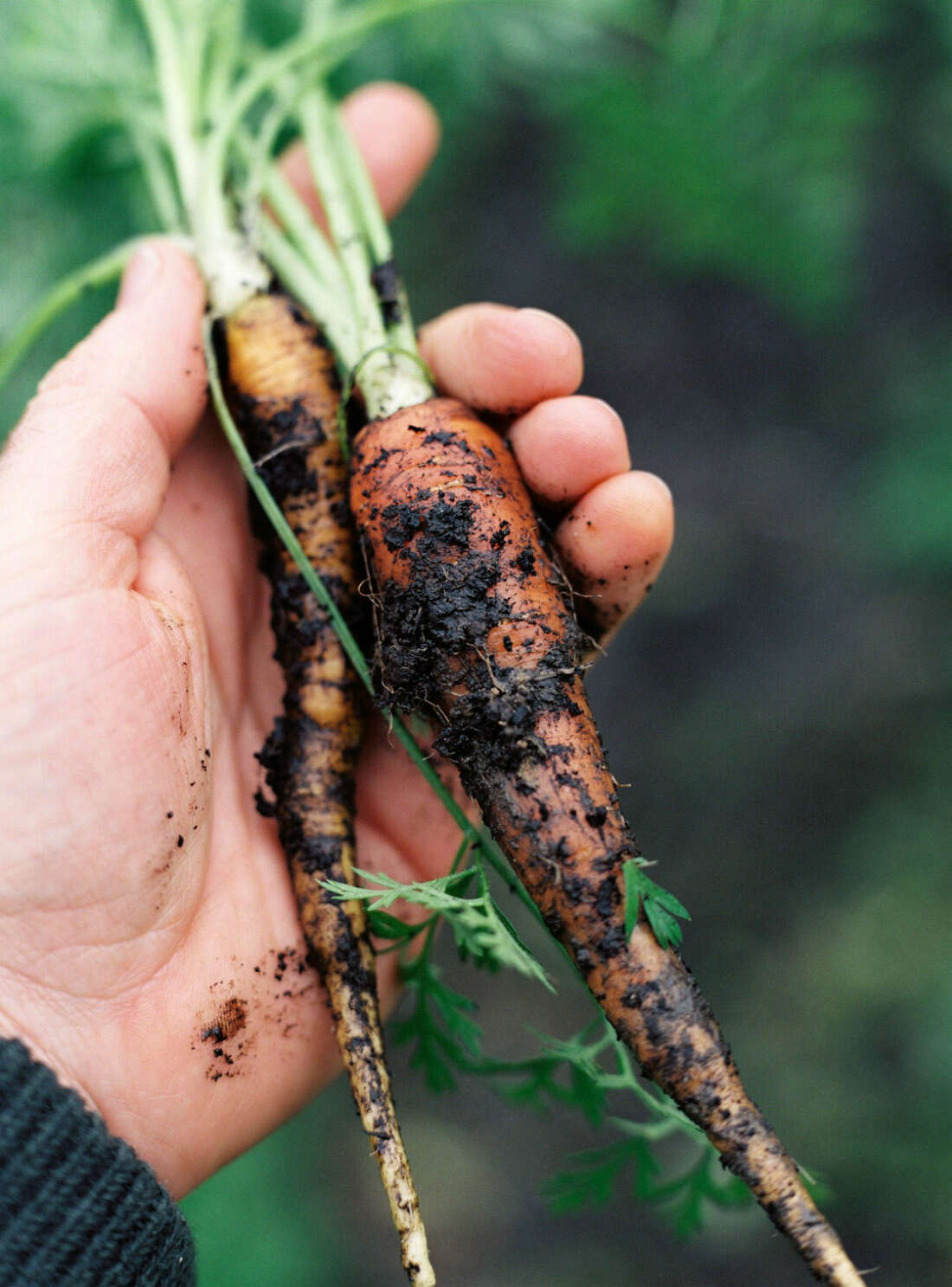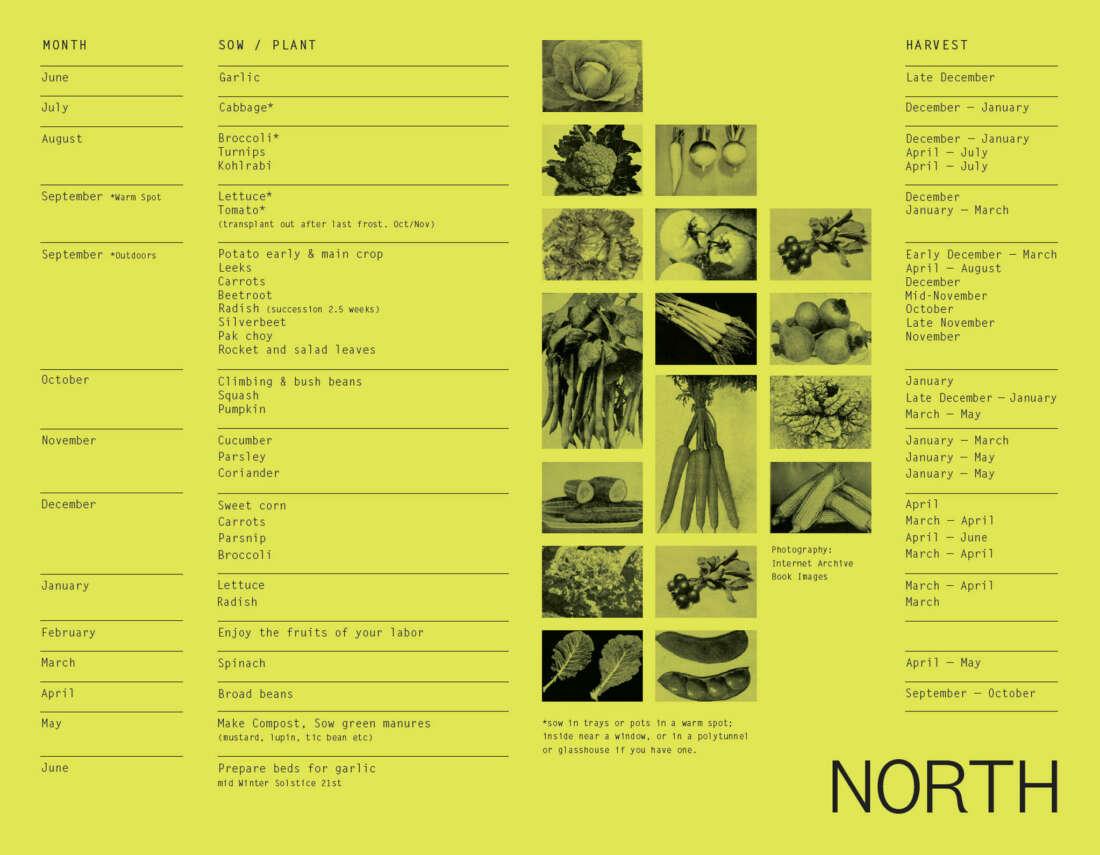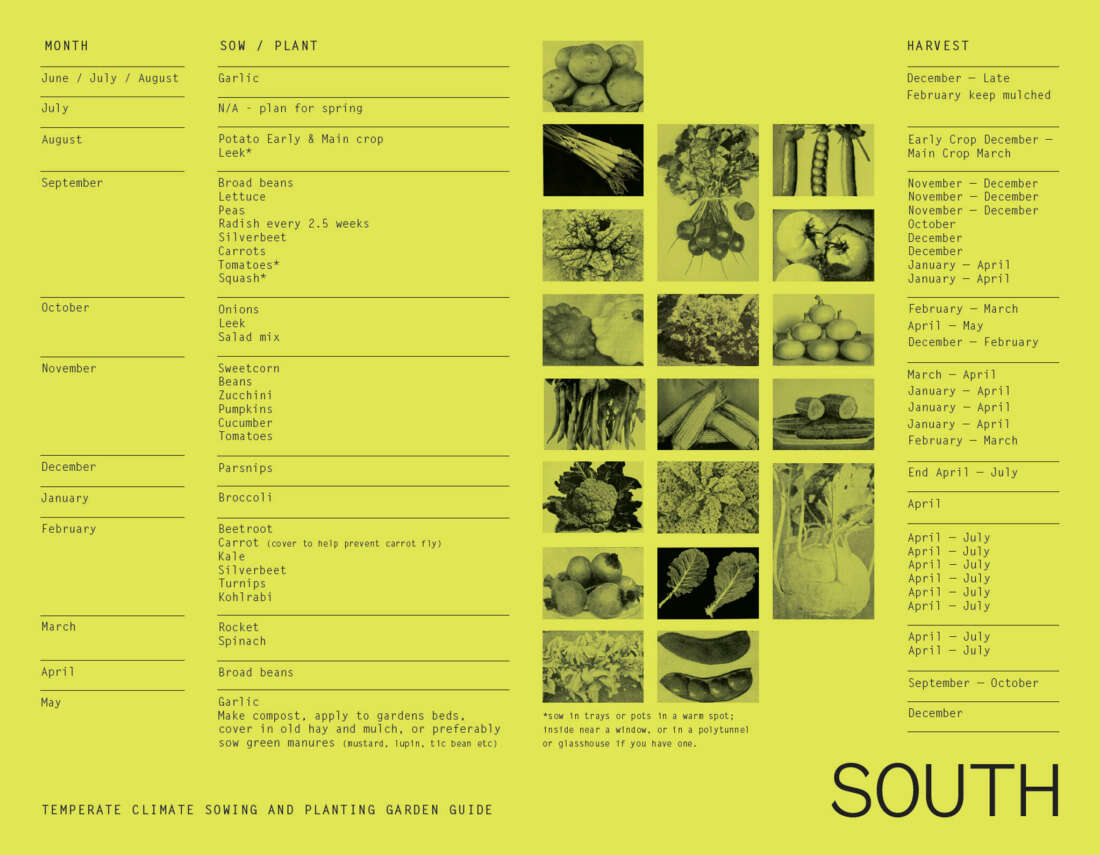Category — Features

What? Where? When?
A Market Gardener’s guide on what to plant, where and when.
I’m going to offer an illustration of what you can plant in your garden, where and when. These are guidelines only, an ideal for a cooler climate, like most of the South Island and some parts of the lower north, and for a more temperate climate, as you move further north.
I am a biodynamic (biological-dynamics) market gardener, which means my growing cycle starts in June at the midwinter solstice. It begins with the returning of the light, when the days start to grow longer again. It is a blessing to the Earth, and a time for rejoicing with friends around a fire with food and music. This coincides with the Māori observance of Matariki.
Sowing by the moon.
Sow seeds during the ascending moon phase, and transplant the seedlings on a descending phase. This is different to the waxing and waning of the moon. Please read more about these two different moon phases in the same month, it’s quite fascinating. There are good alternative moon planting calendars available which provide detailed information. There is also an indigenous Maramataka calendar.
A biodynamic calendar will give you specific days for different plant types:
Root crops: turnip, carrot, radish, beetroot, potato…
Leafy crops: cabbage, spinach, silver beet, chard, kale, salad leaves…
Flower crops: sunflowers, broccoli, cauliflower, artichoke…
Fruit and seed crops: squash, pumpkin, cucumber, tomato, peas, zucchini…
A good rule of thumb: an excellent time to sow seed is 48 hours before a Full moon, and avoid any garden work on the Full moon, or Dark moon (the day before the New moon).
Space
Space is the biggest consideration in a vegetable plot. Whether you have raised beds 1m x 1m, or long market garden style beds. Things like cabbages, pumpkins and squash take a lot of room and take a long time to mature, so try to plan your garden well, and try to incorporate crop rotation to maximise production and to keep living roots in your soil.
Water
It is best to water in the late afternoon, when it will penetrate the soil and not be evaporated by the sun. Watering early onto cold soil is a shock to anyone’s system – let alone your children.
Water the soil around the stem, not the whole plant. I collect rainwater in a big copper tank, which I stir for one minute to re-awaken its memory before I use it. Rainwater is best, as unlike town water, it’s free of chemicals.
Mulch as much as possible! You can pull weeds up, let them dry a little, and use them as a mulch. I use cut long grass to mulch squash and pumpkins, which I let dry by turning in the sun (don’t worry about any grass seeds). Collecting mulch is well worth the energy as it suppresses weeds, keeps the soil moist (so you can water and weed less) and it keeps the soil covered, creating a microclimate for the insects underneath and worms and microbes in the soil. These are your best friends!
Fertility
The best time to apply liquid manure to your vegetable garden and fruit trees is just prior to the full moon.
There are many natural friends of your garden that you should research and become familiar with on your gardening journey. Comfrey, nettle, cow manure and horse manure provide nitrogen. Seaweed and fish fertiliser provide trace elements and are high in N(nitrogen) K(potassium) P(phosphorus). Mallow is high in calcium. A little hydrated lime and wood ash in the spring is high in calcium and potassium. Horsetail equisetum provides silica which can be sprayed to prevent rust on garlic leaf, and mildew on squash plants.
Cover crops or broad beans can be chopped at the base and then cut up on soil as a mulch, which decomposes into the soil your next crop is growing in.
Horn manure 500 is the backbone of a Biodynamic working farm and garden preparations. Applied up to 4 times a year in Spring and Autumn. ‘500’ is a great social event with friends and neighbors. Your garden will love you for this practice, and in return you will be filled with love when you eat your vegetables. Make sure to learn more about this magical soil stimulator.
Tips
Grow seasonally. Grow companion plants of beneficial crops to bring biodiversity to your whole garden and your neighbors. Make your own compost. Save your own seed.
Some plants don’t like their feet (roots) to be touched, so I try to avoid transplanting from a pot and prefer to seed directly into the garden. The advantage of direct sowing — although it takes a little longer — is that the plant will be stronger and less prone to disease. If you sow three seeds to a station of pumpkin for example, it doesn’t matter if only one germinates, or you can select for the healthiest seedling.
My planting guide is designed around direct sowing, except where marked with an asterix. These seeds will benefit from being sown ‘under glass’ in trays or pots in a warm spot: inside near a window, or in a polytunnel or glasshouse if you have one. Some people may choose to sow many of their seeds this way a little earlier than I’ve suggested, to extend their season. Transplant into the garden once the second set of leaves grow.
Treat your plants like children – they require your attention and care if you want them to thrive.


By Tony Hudson. Photography: Aaron McLean